By Dom Serafini
I’ve always been of the opinion that no good airline ticket should go to waste, so my current trip to Milan, Italy (where I was supposed to stay for a few days before scheduled jaunts to Nice and then Cannes for MIPCOM) became the only stop on my itinerary after the live MIPCOM event was canceled.
The carrier used was my usual Alitalia, but only for the leg to Rome. At the time of the reservation there were no direct flights to Milan. Delta has now resumed the Milan-New York City route, which I will take advantage of for my return flight (which was originally scheduled as Nice-Paris on Air France, and then Delta to NYC).
Alitalia is still apparently the safest way to fly overseas these days since the airline follows proven safety protocols. After landing in New York, aircrafts are thoroughly disinfected after each flight and parked for a full 24 hours before they take to the skies again.
KLM to Amsterdam reportedly also has a number of anti-COVID procedures in place, however they’re not as strict. For example, temperatures aren’t taken at JFK airport. Instead, passengers are given self-declaration forms attesting that they are COVID-free that they need to hand over to authorities upon arrival in Amsterdam. However, on local flights, like Amsterdam-Milan, temperatures are taken. At the airport in Milan, there are no special procedures to follow for flights arriving from Amsterdam and other E.U. countries.
On Alitalia, the boarding and disembarking procedures were designed formaximum social distancing. Onboard, the crew enforced the wearing of facemasks, and there were plenty of empty seats between passengers. The latter wasn’t only due tosafetymeasures, but to the fact that there were only 40 passengers on the 250-plus seat aircraft as people are still afraid to fly. These days, airlines aren’t making money on passengers,but on cargo.
The meal served onboard has not changed since the start of the pandemic: ravioli with a choice one or two bottles of water. Alcohol continues to be banned. Luggage, however, can once again be carried onto and stowed onboard.
At JFK airport an Alitalia representative took passengers’ temperatures before allowing them to check in. The temperatures were noted on forms attesting that the passengers were COVID-free. A duplicate form needed to be filled out and given to a security officer before passport control upon arrival in Italy. However, in Rome, passengers were told that they had been given an old form and a new one had to be filled out instead. Many passengers, however, were of the opinion that the old, easy-to-read form that they’d had time to carefully fill out onboard, contained better instructions than the densely detailed new form, which was hard to read and to fill out in the short time allowed. But we were told not to worry since thermoscanners that could measure temperatures were all around to spot arriving passengers with fevers who might potentially have COVID-19.
This time around Americans could fly on Alitalia if they were to self-quarantine upon reaching their destination or take a rapid COVID test at the arrival airport. I took the test the day before departing to make sure it was negative (the results arrived in less than 14 hours). Upon arrival (just to be more cautious) I followed the signs to take the “rapid test,” but couldn’t find the location. Instead, I stopped for a freshly squeezed orange juice and a cappuccino before leaving the airport.
Pictured above: The empty seats, the ravioli, the thermoscanners, and the rapid test signage

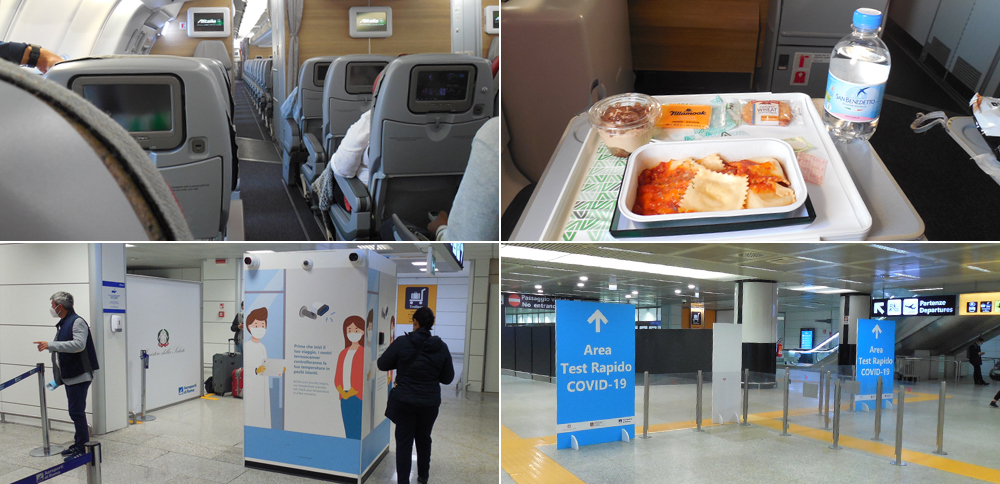
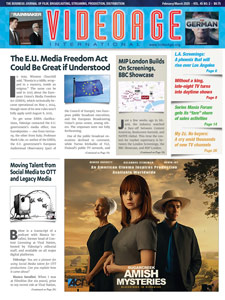

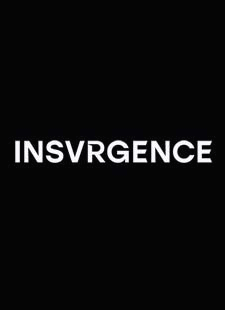


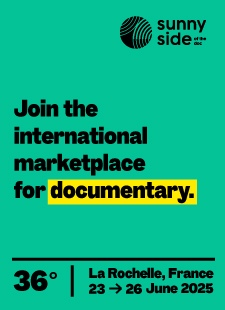

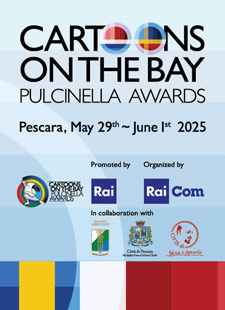
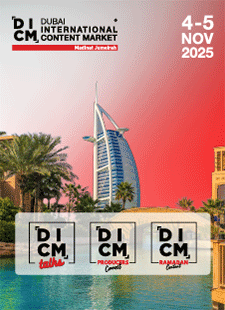

Leave A Comment